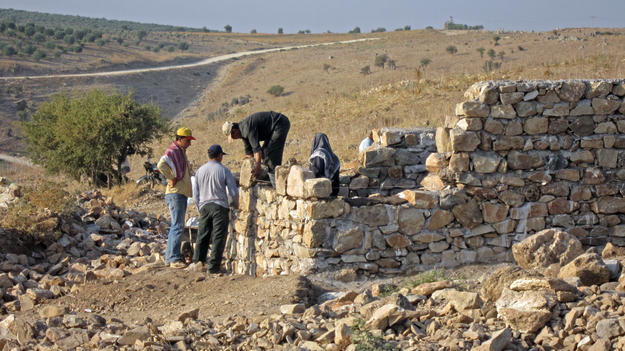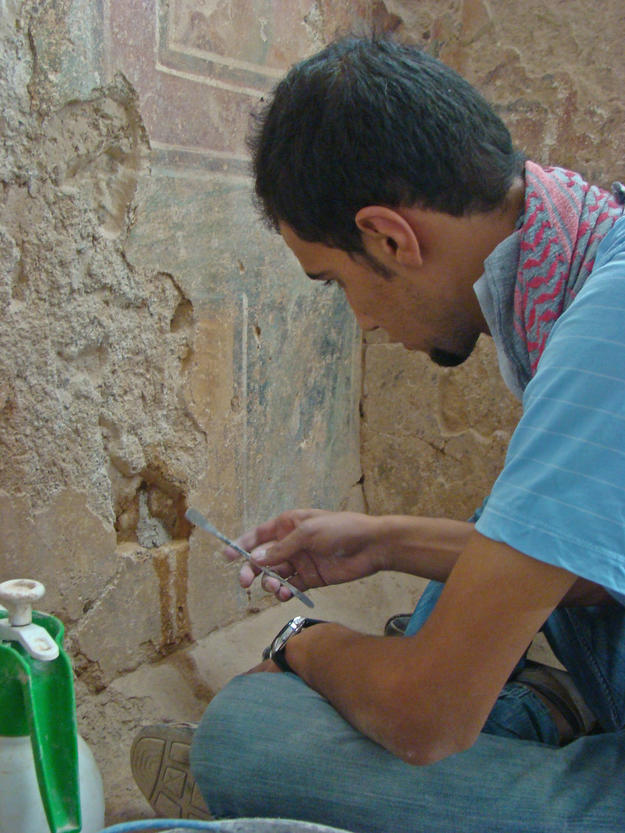Cyrrhus (Nebi Houri)
The ancient site of Cyrrhus is located 70 kilometers northeast of Aleppo. The city was founded in the early third-century B.C. by Seleucus Nicator, one of Alexander the Great’s generals and founder of the Seleucid Empire, near the Afrin River in a rich agricultural area and along the ancient route connecting Antioch and Zeugma. It was named for the city of Kyrros in Macedonia. In 63 B.C., Rome overthrew the Seleucid Empire, and thus Cyrrhus was incorporated into the Roman province of Syria. During the period of Roman rule, the city prospered first as a military outpost and then as a commercial town, resulting in the construction of a number of significant monuments, including a large amphitheatre, which is the only major structure from Antiquity to survive to the present. In the Byzantine period, Cyrrhus was known as Hagiopolis and was a major pilgrimage destination in the early Middle Ages due to the presence of the relics of Saints Cosmas and Damian. Several religious structures were built, including a small church and a basilica. After the Arab conquest, the city again became a military station with a garrison, but began to decline. In the 13th century, the historian Yaqut described it as a dead city. Nevertheless, a medieval mausoleum dedicated to Nebi Houri revived the city’s role as a pilgrimage destination, which it continues to be for the local Muslim community.
2008 World Monuments Watch
Following looting in October 2008, the Lebanese-Syrian archaeological expedition discovered a Roman house with mosaics and wall paintings dating to the end of the second or beginning of the third century A.D. Cyrrhus was listed on the 2008 Watch, which led to WMF engagement in 2009 with a project to protect and study the remains of the Roman house and raise awareness locally about the significance of the site. After additional looting in 2009, a shelter was built using traditional materials and techniques for the protection of the ancient building and of the restored mosaics and wall paintings. To further facilitate the conservation and protection of the site, two major mosaic panels from the Roman house were transferred to the Archaeological Museum of Aleppo. The two panels will be returned to their original location once work at the Roman house is finished.
Cyrrhus is one of the major sites of the Hellenistic, Roman, and Byzantine periods in northern Syria, with important surviving examples of mosaic art. Conservation activities on site, supported by interpretation initiatives are necessary to spread awareness to halt archaeological site looting that, unfortunately, are all too common throughout the world


